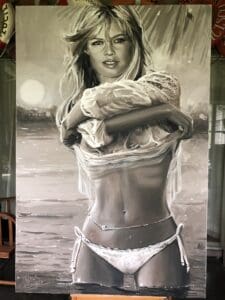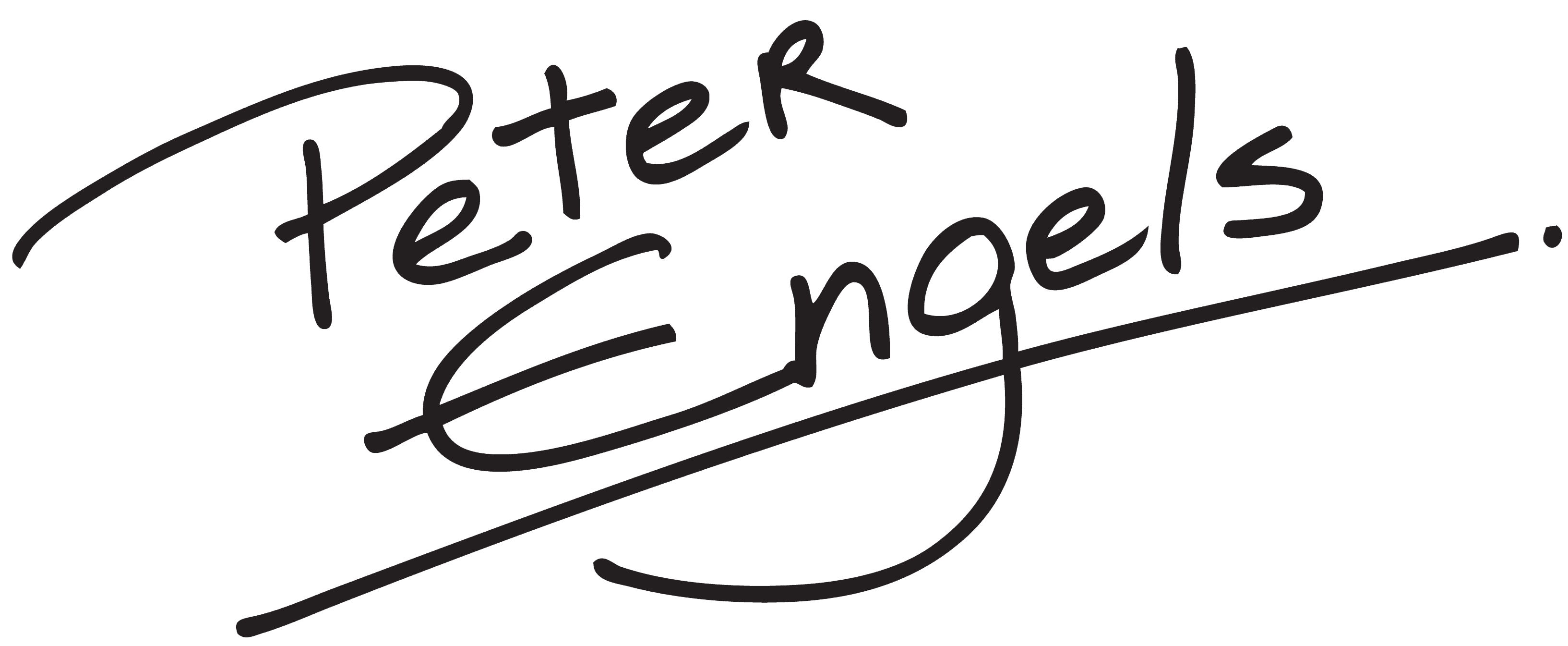If you want to diversify your investments, collecting art can be a good and solid decision. Combine converting cash into art and enjoy it every day. The best tips & tricks.
Our money is worth less every year. Due to inflation and devaluation, we can buy less with our money than, say, a year ago. Our purchasing power diminishes. When the financial markets underperform, the only solution is to invest wisely. If not, you will impoverish unnoticed. So, convert your savings into real estate, gold, silver, art and other items that retain their value. Diversify smartly and invest part of your assets in art so that you spread the risk. Returns in contemporary art collections average 11%, which is still much better than annual inflation. In the process of art collecting you are able to see your art every day and enjoy it. Building an art collection for 5 to 10% of your wealth is a step in the right direction (Deloitte, 2019).
Why invest in art?
First of all you will enjoy it every day. And if you do it right, the value of your art collection will increase. Banks and asset managers do not earn anything from your art collection and will therefore advise against or want to guide the creation of an art collection to their art channels, galleries and auctions. How to invest in art? How to build an art collection? Here are some tips and tricks for collecting art in a successful way.
-
Why art collecting is all about passion?
Develop a coherent art collection that you love and want to pass on to the next generation. Profit doesn’t have to be your first requirement when building an art collection. After all, you don’t know for sure whether a particular artist is going to make it. Always do your own research. Don’t buy out of pity. And don’t be guided by the opinions of others without verifying them. Do not limit yourself to one style, because also in art there are upward and downward evolutions in styles and tendencies. So, spreading is the message. Here are some other valuable tips that will increase the value of your art collection.
-
Why art collecting starts with getting to know the artist?
Visit websites, galleries, art fairs, auctions… But you really reach the pinnacle of art collecting when you meet the artist. Nothing beats meeting with the creator and talk about art in his own biotope, his studio. In this way you discover his passion, technique, style, … And you can even buy directly from the maker. In this way, the works of art in your collection each get a nice story with a personal touch. You might even forge a friendly bond with the artist if you keep in touch.
-
Success indicators for the valuable art collection
The most important indicator of the value of an art collection is the artist’s success curve, even when he is dead. Does the living artist regularly create new works? Are exhibitions organized regularly? Is there sufficient demand for his work? Does he sell regularly? How is his work received? Who are the buyers? What is the “provenance” of a work of art (previous owners, exhibitions, history)? How is the price evolution? Does the work fit in with the evolution of the market, culture and society? If you really love the art piece and these success indicators are positive, you can buy.
-
Why investing in original artwork?
Avoid posters, prints, serigraphs, etc. It is better to invest in original art from an artist you can afford than buying a reproduction of an established name. The value of your collection wil only increase with one-offs. Worthless reprints and forgeries are commonplace. The value and authenticity of a print is difficult to estimate. Even if it is supposedly signed and numbered. So choose a work of art of which only one exists so that you have the only, unique work of art in your collection. Beware of fraud and counterfeiting of abstract works by renowned names, even if they look original. Always remember: easy work is easily copied. Another reason to meet the artist yourself.

-
How to determine the quality of an artwork?
It is important for the value of an art piece that it is in good condition. Quality of art is less about its value, but mainly about the quality of the materials, the power of the image and the intensity that the work radiates. Other factors such as origin, philosophy and the story behind the work also play a role. Art and quality are both subjective and very personal. So, fill your art collection with beauty that you really love. The longer you keep an artwork in your collection, the more its value increases. Art collectors usually own works for several decades. Their collection pieces become part of their family.
-
Why requesting a certificate of authenticity for the art you buy?
Do not buy art of which you do not know the origin. A certificate of authenticity gives you more security. Photos of the artist with the artwork also inspire confidence. If you ever sell your collector’s item, such documents are important arguments.
-
First step towards profit is buying art with a good story at the best price
If you pay too much for art, it will take longer for your investment to increase in value. So, buy wisely and try to get a discount. If you cannot get a discount, at least create a great story by meeting the artist in person and watching him work in his studio. You could negotiate with him, and maybe even enjoy a glass of wine with him in his atelier.
Happy art collecting! Feel free to reach out to Peter Engels for professional advice.
Go to “Available Artwork” by Peter Engels
